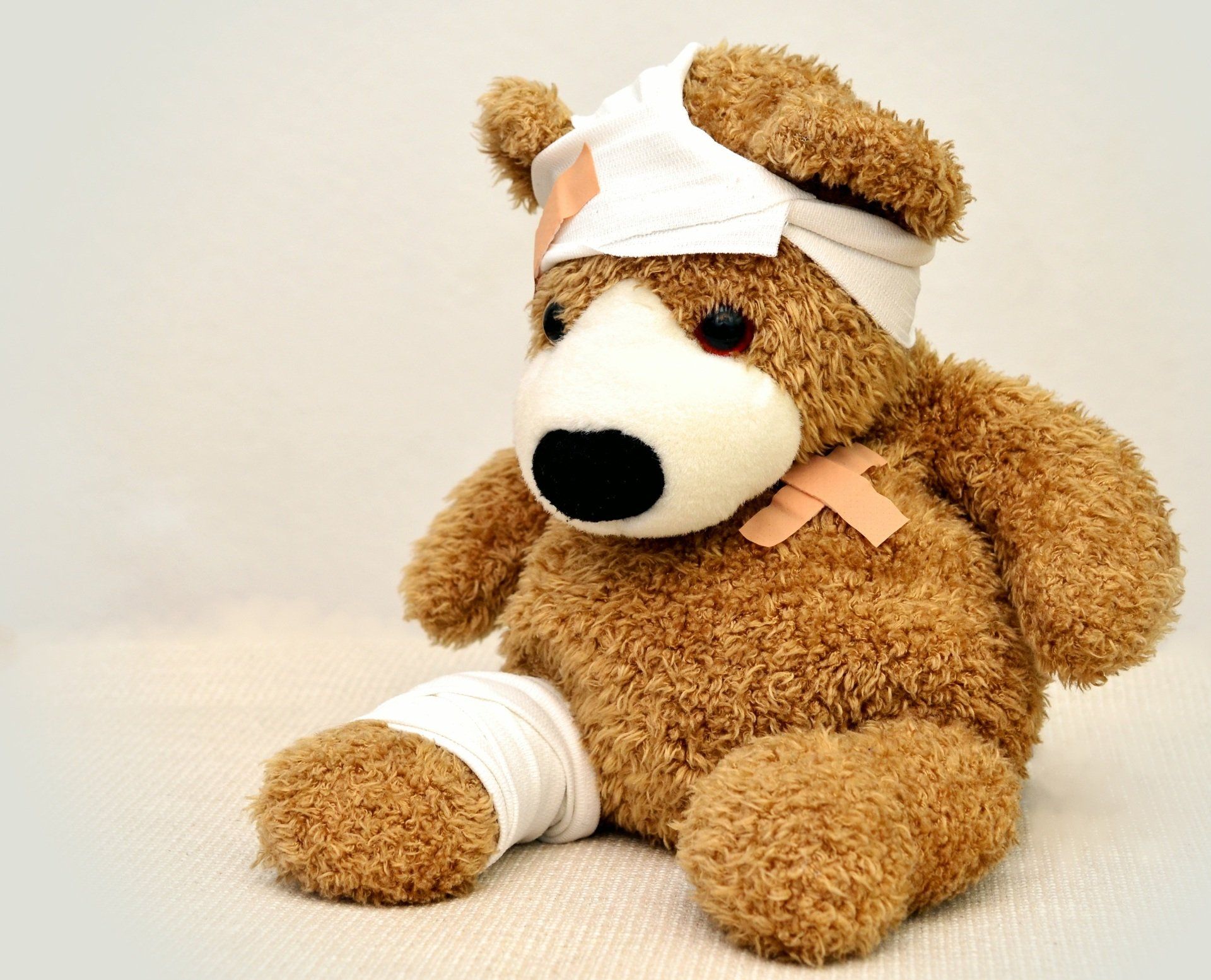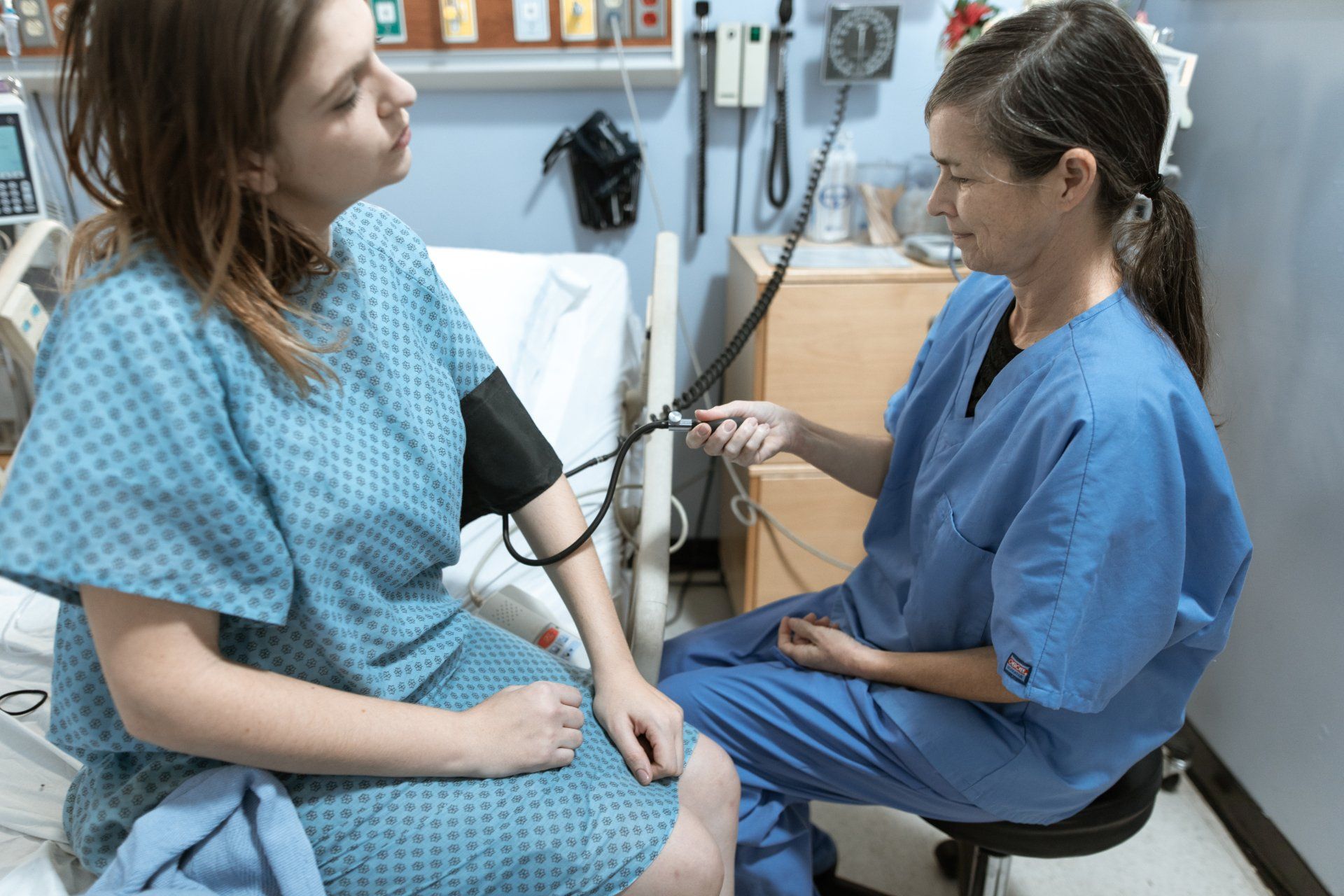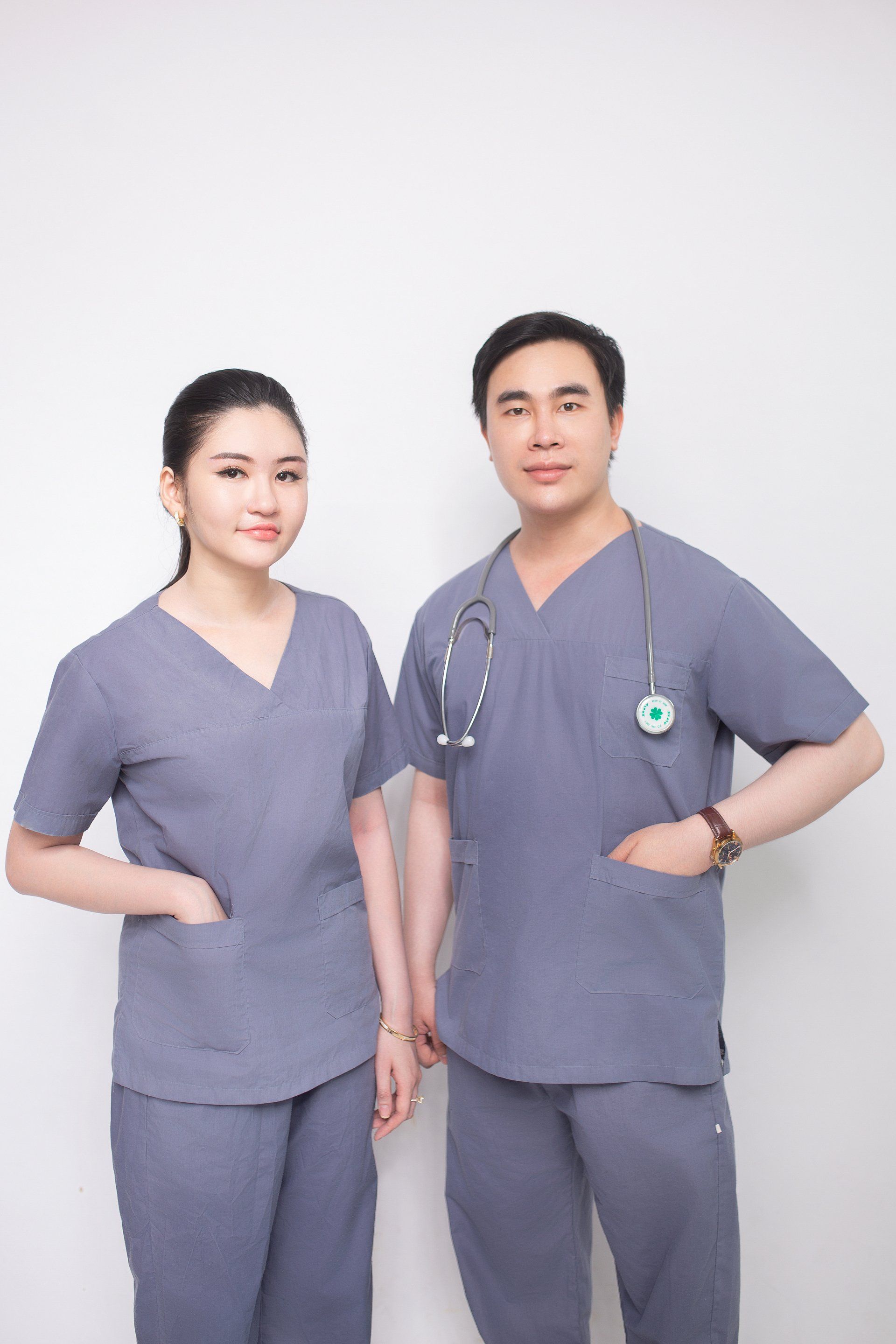Wound Care: Diabetic Ulcers, Venous Ulcers, and Arterial Ulcers
Wound Care: Diabetic Ulcers, Venous Ulcers, and Arterial Ulcers
Written by Meagan De Carlo BSN, RN, CWS

Different types of wounds require different care.
Most wounds will require the basic cleaning, measuring and debridement mentioned in the blog post, Why YOU Might Need Advanced Wound Care. Beyond that, the primary etiology of the wound must be understood and addressed. Below are 3 different types of wounds requiring their own unique treatments
Diabetic Ulcers
More than 37 million Americans have Diabetes Mellitus. It is estimated that between 20-30% will develop a chronic, non-healing wound, like a Diabetic Foot Ulcer.
People with Diabetes Mellitus (DM), and uncontrolled blood glucose levels (A1C level 7% or greater), are at greater risk for developing neuropathy and microvascular disease, along with cracks and fissures in their feet due to decreased sweat gland activity, a product of autonomic neuropathy.
Neuropathy is damage of the nerves, which can lead to numbness in the feet. Our sensory perceptions are what keep us safe. A person with nerve damage to the feet, will not feel the protective sensation of pain, and will therefore not respond to usually painful events such as walking with a small pebble in the shoe or feeling the heat of a bonfire when camping. Walking with a small pebble in your shoe, for hours at a time, will wear down your tissue and cause a foot ulcer, possibly penetrating to the bone. Thermal damage will occur when a person with neuropathy has their feet up close to a fire and does not have the sensation alerting them that their feet are hot, thus causing significant burns to the soles of their feet.
Autonomic neuropathy results in decreased moisture in the feet, which can cause cracks and fissures, allowing bacteria an entry way through the damaged skin barrier, leading to infection.
Microvascular disease occurs overtime with elevated blood glucose. The tiny blood vessels that transport oxygen and other nutrients to cells, become damaged, thus decreasing the supply of these vital nutrients. Wounds need oxygen to heal, and some diabetics don’t have sufficient supplies to heal wounds, leading to diabetic foot ulcers (DFU).
How can advanced wound care help a diabetic a foot ulcer?
The gold-standard for diabetic foot ulcers is the total contact cast (TCC).
The TCC is used for off-loading of the ulcer, for removing any pressure on the wound that can occur with ambulation. Pressure is a wound’s worst nightmare, so relieving pressure is a must. A TCC looks just like a typical cast, is made of fiberglass or a plaster shell, and has a rubber bar that runs the width of your foot. The cast starts at the base of the toes and goes just below the knee. It is typically changed once a week and is used until the wound shows significant improvement.
Another treatment for DFU is the hyperbaric chamber. A hyperbaric chamber is a clear tube that the patient is wheeled into from a gurney. The patient may be in the chamber for up to 2 hours and needs 20-60 sessions, sessions are 5-days per week. This therapy is effective but a big time commitment.
In addition to the wound care, diabetes education may be provided during the visits.
Venous Ulcers
Venous ulcers account for a large percentage of advanced wound care visits.
As people age, the valves in their veins often fail. Veins are the vessels that return blood to the heart. The blood needs to travel against gravity to get to the heart. As the heart pumps, blood is moved upwards in the veins, and when the heart relaxes, one-way valves in the veins prevent the blood from backflowing. When the valves are failing, blood and other fluids start to accumulate in the lower legs, around the calves and the feet, this results in edema, or swelling of the lower extremities. With the build-up of pressure from the fluid, the tissue often breaks down, resulting in a venous ulcer.
Venous ulcers typically have large amounts of exudate, or leaking fluid. The wounds often leak through the dressings that are applied.
How can advanced wound care help venous ulcers?
Compression, compression, compression.
After the wound has been cleaned and debrided, the physician orders a primary dressing that is designed to absorb copious amounts of drainage and then a secondary dressing that will also absorb drainage. Once the primary and secondary dressings are applied, the nurse will either apply compression stockings or a 4-layer compression wrap.
Dressings are changed three times per week.
Arterial Ulcers
Arterial ulcers are due to a lack of oxygen to the tissue and usually occur in the lower extremities, especially around the ankles.
Arterial ulcers are typically round and have a punched-out appearance. Often, they are deep wounds with exposed secondary structures like tendon.
They are very painful.
The nurse and physician will ask you
- Do you ever stop walking half-way down the grocery store aisle due to pain in your legs?
- Does the pain resolves with rest?
- Do you ever have leg pain at night that is resolved by hanging your legs over the bed?
Some risks for developing arterial ulcers include smoking, diabetes, and renal disease.
How can advanced wound care help arterial ulcers?
If it is determined that there is decreased blood flow to the wound, a consult with a vascular surgeon will be ordered.
Wounds are extremely difficult, and sometimes impossible, to heal if there is limited blood flow.
Until revascularization can be achieved, the wound will be managed by adding moisture to the wound bed and keeping infection at bay.
Summary
Because different types of wounds are treated in different ways, it is important to have that first comprehensive visit to determine what the underlaying factors are in the delayed wound healing.
Talk to your doctor if you think you have a wound that will not heal.
Sources:
https://www.cdc.gov/diabetes/basics/type2.html
https://www.ncbi.nlm.nih.gov/pmc/articles/PMC8539411/
Meagan is a Registered Nurse with 17+ years working at the bedside. She has worked extensively with mothers and their newborn babies, all medical-surgical floors in the hospital and, most recently at the Ridley-Tree Center for Wound Management, one of only three centers in California and one of 21 in the nation to earn the Joint Commission Gold Seal of Approval. Meagan is a Certified Wound Specialist.
Meagan can be found on LinkedIn
Thank you for reading Patient Education Essentials, the Write Shift RN blog.
Disclaimer: This article was written as a guest post for Write Shift RN LLC's blog. The information in it may not be wholly fact-checked or edited, allowing the reader to see the writer's work and skills firsthand.
This information is not intended as medical advice. It is for informational and educational purposes only. Always talk to your doctor or other qualified healthcare providers about any questions or concerns you may have regarding medical conditions.











